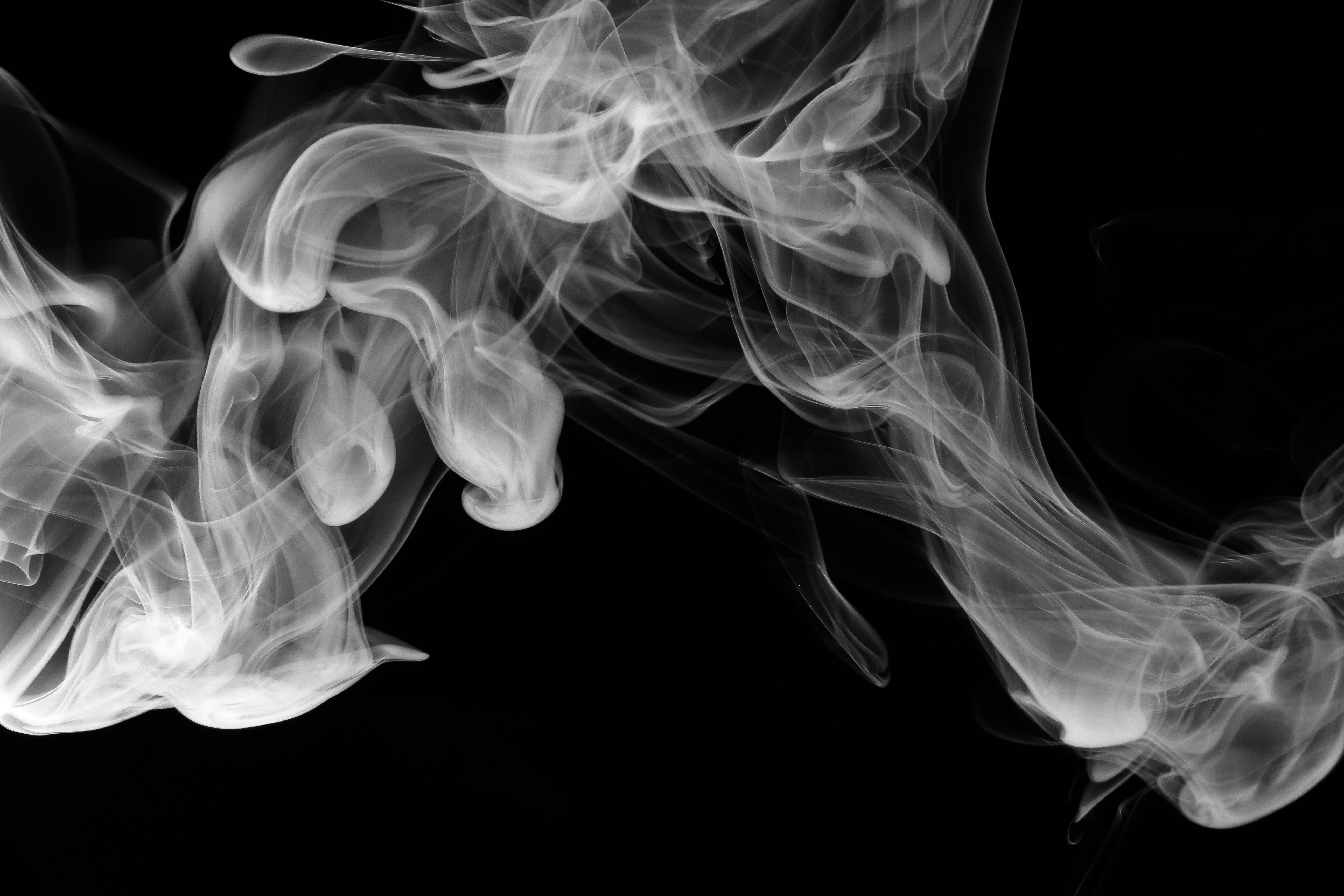
Fire Dampers vs Smoke Dampers: What Are the Differences?
Fire dampers and smoke dampers share many commonalities, most importantly their critical roles in keeping buildings and their occupants safe in the case of fire. Both types of dampers are commonplace in commercial and industrial HVAC systems. While fire and smoke dampers can appear to be quite similar, they do have key differences and are used in slightly different applications. Choosing the right damper is critical to fire and smoke control systems operating properly.

What Do Fire Dampers and Smoke Dampers Have in Common?
Both types of dampers are integral components of a building's fire and smoke control system, but they serve different purposes and operate in distinct ways. Fire dampers and smoke dampers are safety devices installed in air distribution systems and ductwork. They are designed to prevent the spread of fire and smoke throughout a building.
Fire dampers are provided in two types, one a curtain type and a multi-blade type. Smoke dampers are provided as multi-blade type only. Fire dampers can be provided as either static dampers or dynamic dampers and smoke dampers are all dynamic but can be used in static systems.
Static dampers are designed to operate in HVAC systems that turn off during a fire event.
Dynamic dampers are designed to operate in HVAC systems
that continue to operate during a fire event or where a smoke evac fan
turns on to evacuate smoke.
Fire Dampers vs. Smoke Dampers: The Differences
Fire dampers and smoke dampers serve a common goal of enhancing building safety, however, they differ in several significant ways. Fire dampers operate by a fusible link that melts and allows the blades to close either by gravity (Static) or spring closure (Dynamic).
Smoke dampers are operated by an actuator that when a
signal from a smoke detector or fire alarm panel the dampers either
closes to prevent smoke from passing through the damper or opens to
allow the smoke to be removed by the smoke evac fans.
Trigger Mechanism
The most noticeable difference between fire dampers and
smoke dampers lies in their trigger mechanisms. Fire dampers are
heat-activated, while smoke dampers respond to the presence of smoke.
Fire dampers can also be set to trigger at different temperatures
depending on the application.
Functionality
Fire dampers are primarily designed to prevent the spread
of fire through ductwork. Smoke dampers, however, are designed to
control the movement of smoke within a building during a fire, which can
be crucial for providing safe egress paths. Smoke dampers are typically
better at sealing off the airflow to keep smoke contained.
Installation Locations
Fire dampers are typically installed in fire-rated walls and concrete floor assemblies where ducts penetrate or terminate at these locations. These fire-rated walls/floors would not be able to function as designed with a hole in the middle of them. The fire damper must be rated high enough to maintain the wall or floor assembly’s fire rating.
The ductwork for fire dampers is often designed to break
away in case of a fire so that the fire damper will remain installed in
the wall/floor. Smoke dampers, however, are usually placed in smoke
barriers, and where HVAC ductwork penetrates these barriers.
Maintenance Requirements
Fire and smoke dampers both require regular testing and
maintenance per the International Fire Code (IFC) and NFPA80 and 105
standards. Both the dampers and the triggering mechanisms must be tested
and inspected at a predetermined cadence. Fire and smoke dampers
require careful documentation to ensure inspection and maintenance
requirements are being followed.
United Enertech’s Role in Safety

United Enertech provides a range of fire and smoke dampers
designed to meet diverse requirements. Their products are crafted with
precision, using top-grade materials that ensure durability and
reliability. Whether you are looking for dynamic fire dampers,
combination fire and smoke dampers, or modulating smoke dampers, United
Enertech has you covered.
Their fire dampers are engineered to resist high temperatures, to provide a reliable line of defense against fire. They are equipped with fusible links that melt at specific temperatures, that will trigger the damper to close per the application’s requirements.
Their smoke dampers, on the other hand, are carefully
designed to meet the low leakage requirements the industry expects. They
can be integrated seamlessly into your building's smoke control system,
for optimal protection against smoke spread.
Why Choose United Enertech?
Selecting the right damper is crucial for your building's safety. United Enertech not only offers a wide array of high-quality dampers, they also provide expert advice to help you make the best choice.
The United Enertech team is dedicated to ensuring customer satisfaction. They offer guidance throughout the selection process, installation, and maintenance, to help make sure that your dampers are always in prime condition.
Make the safety of your building a priority. Explore United Enertech’s range of fire and smoke dampers and get in touch with our experts today for personalized guidance.
Choose United Enertech – because every building deserves the best protection!





